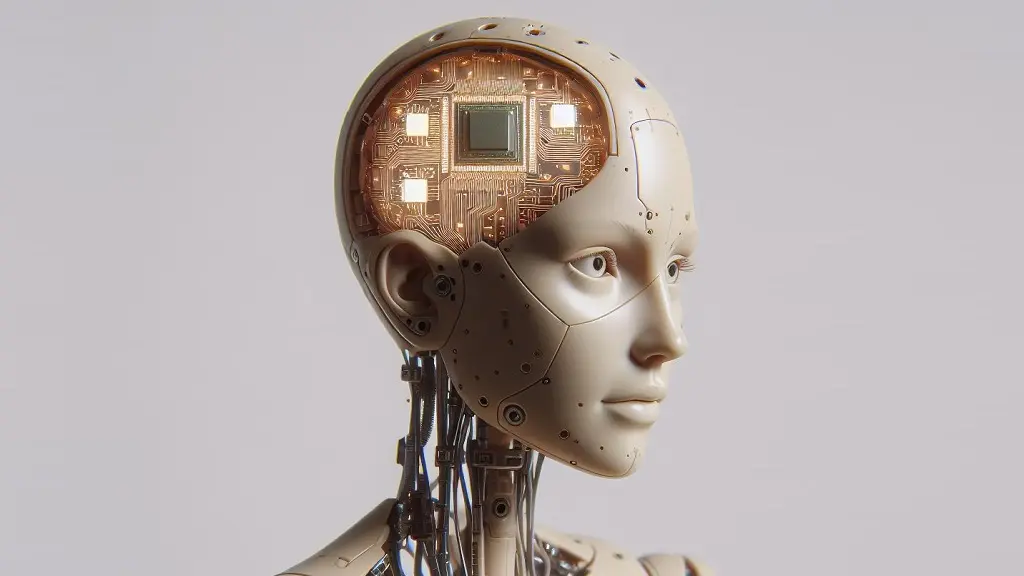
Anthropic, an artificial intelligence research company, has presented Claude 3, the next generation of conversational AI models that succeed the Claude 2 chatbot, and with which it aims to redefine the current technological landscape.
These three models called Claud 3 Opus, Claude 3 Sonnet and Claude 3 Hayku, surpass the previous versions of Claude in capabilities, both in carrying out creative tasks and in conversation, translation, solving mathematical problems and generating computer code, among others. other possibilities. However, of those three, the Claude 3 Opus model is the one that offers the highest levels of intelligence.
According to Anthropic, Claude 3 Opus exhibits near-human levels of understanding, outperforming competitors like GPT-4 and Gemini Ultra. It is followed by Claude 3 Sonnet, a more balanced model, but one that supports large-scale implementations at a lower cost than similar AI models. Claude 3 Haiku is no slouch, as it can read an information-dense document in less than three seconds.
Other features of the entire Claude 3 family of models are their robust vision capabilities. Opus, Haiku and Sonnet can process information recorded in visual form, which includes static images in general.
In a broader sense, they can analyze and transcribe files with graphic information, something that can mainly benefit companies whose knowledge databases contain a large amount of visual material collected in PDF files, presentations or even flowcharts. In addition, all of them offer almost immediate responses to user requests.
How to access the Claude 3 family of models?
Claude 3 Opus and Claude 3 Sonnet are available from their Claude.ai website. However, Claude 3 Opus is only accessible through a subscription to the Claude Pro package, while Claude 3 Sonnet is free to access. The remaining model of the Claude 3 family, i.e. Claude 3 Haiku, is not yet available to the public.